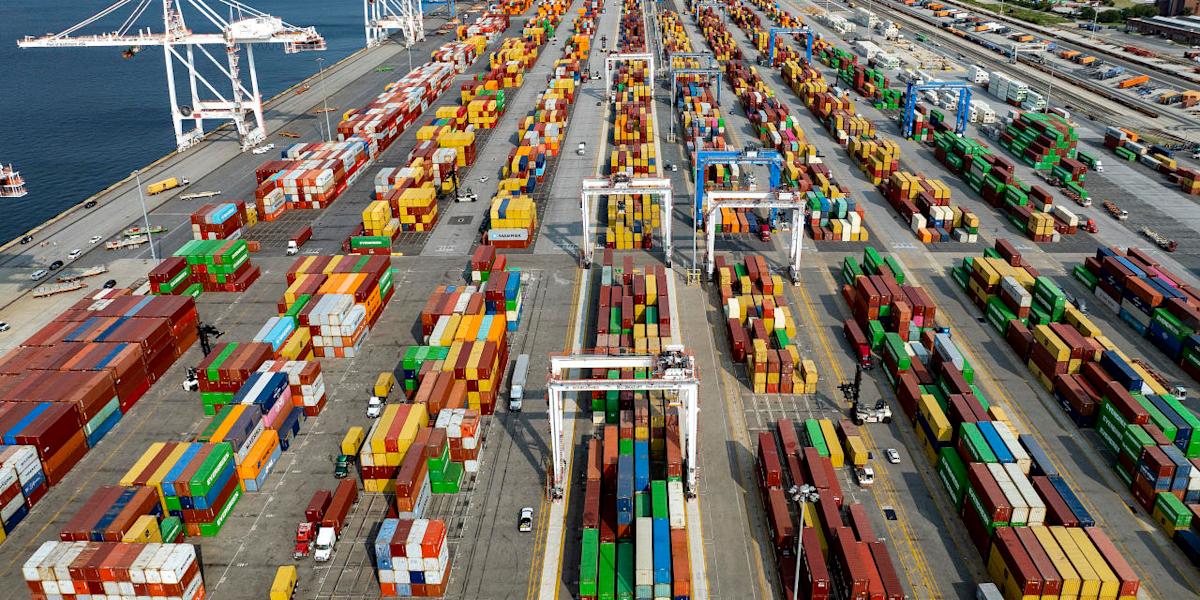Tariffs Will Hit Slowing U.S. Economy Hard in 2026, OECD Says
The U.S. and global economies are set to slow less sharply this year than previously expected, but will continue to lose momentum in 2026 as higher tariffs take an increasingly large toll on activity, the Organization for Economic Cooperation and Development said Tuesday.
In a quarterly report, the Paris-based research body forecast the U.S. economy will grow 1.8% this year and 1.5% next year, having expanded by 2.8% in 2024. In June, the OECD projected growth of 1.6% this year and 1.5% in 2026.
“Growth has been a bit more resilient than we expected,” said Alvaro Pereira, the OECD’s chief economist. “But in spite of that resilience, some indicators are weakening.”
The global economy is now forecast to grow by 3.2% this year, a slight slowdown from the 3.3% expansion recorded in 2024 and stronger than the 2.9% projected in June. In 2026, the global economy is expected to grow by 2.9%, an unchanged forecast. The OECD expects the slowdown to be more apparent in the second half of this year than it was in the first as the boost from businesses building stocks ahead of the rise in duties fades.
Surveys of purchasing managers released Tuesday pointed to a slowdown in business activity in the U.S., India, the U.K. and Australia during the early weeks of September, but a slight acceleration in the eurozone.
Surveys of purchasing managers released Tuesday pointed to a slowdown in business activity in India, the U.K. and Australia during the early weeks of September, but a slight acceleration in the eurozone.
The OECD said economies around the world could grow more slowly than forecast if further rises in tariffs are implemented or inflation revives. A sharp and sudden fall in equity markets if investors become less comfortable with the risks they face could also harm growth.
The OECD estimated that the overall effective U.S. tariff rate on imports rose to 19.5% at the end of August from 15.4% in mid-May, reaching its highest level since 1933. It forecast a pickup in inflation to an average of 3% in 2026 from 2.7% this year.
“The impacts of higher tariff rates are yet to be fully felt in the U.S. economy,” the OECD said. “This reflects a combination of factors, with firms making use of inventories and ample profit margins to avoid or absorb the initial impact of higher tariffs, lags between the announcement and imposition of higher tariff rates, and the exemption of goods already in transit from higher tariff rates.”



Leave a Comment
Your email address will not be published. Required fields are marked *